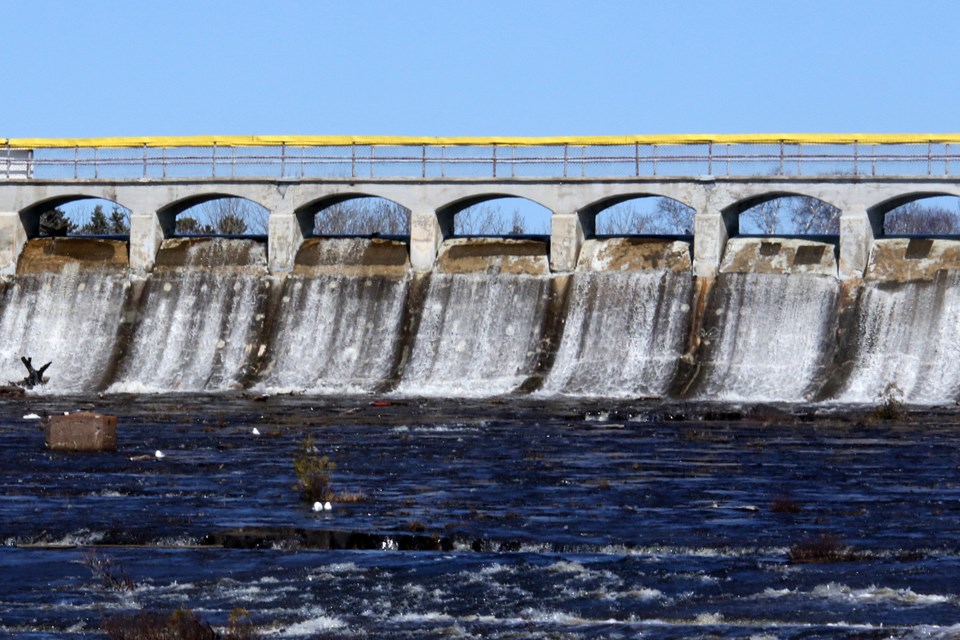THUNDER BAY – A pair of Thunder Bay city councillors believe the Boulevard Lake Dam could once again help supply power to meet local needs.
On Monday, council will debate a motion from Coun. Mark Bentz requesting a report from city administration exploring the possibility.
A hydro-electricity project owned by a private operator previously generated power at the site, but that agreement was terminated in 2019 amid a dispute with the city, which ultimately controls the amount of water flowing through the dam.
Bentz believes the project could bring both economic and environmental benefits, though he said he’s not yet sure just how viable relaunching a hydro project on the Current River would be.
The report requested in his motion would include high-level capital and operating cost estimates, the potential for a partnership with Synergy North, and revenue projections based on time-of-use purchase pricing, should the city sell the power back to the provincial grid.
The at-large councillor also raised the possibility of using the energy on-site to power infrastructure like lighting for walking trails along the lake.
The report would arm council with the knowledge needed to decide whether to proceed with a more detailed engineering and business analysis, Bentz said.
“We’ve generated power there in the past,” he said. “How economically feasible is it is another question that needs to be answered with the current electricity pricing regime. It may not be as feasible as it had been in the past, but I think it’s something we need to look into.”
Bentz believes the idea could help the city meet ambitious targets in its new net-zero emissions plan, which charts a path for the community to become carbon neutral by 2050.
That’s the biggest selling point for Current River councillor Andrew Foulds, who’s enthusiastic about the idea.
“For me, the potential is not just profit, but how do we reduce those greenhouse gases,” he said. “As a society, we need to think more tactically about how we’re going to achieve net zero. I think this is an opportunity and I’m quite optimistic.”
While the gatehouse at the north end of the dam has been demolished to make way for a seating area, Foulds said after a recent tour of the facility that some infrastructure still exists to support power generation.
It's believed the generating station, which previously fed the provincial grid, provided only a few hundred kilowatts of power. It did not operate year-round.
The City of Thunder Bay and Robert Whiteside, the former operator of the hydro plant, reached an agreement in 2019 to terminate a 40-year lease for city property, which wasn’t set to expire until 2025
That agreement came after years of legal wrangling over control of water flows.
That history doesn’t necessarily indicate energy generation isn’t viable at the dam, Foulds and Bentz each argued.
“There was certainly electricity produced,” said Foulds. “It wasn’t a huge amount, but I think every little bit of green energy helps.”
In its heyday, the dam powered electric trolleys in Port Arthur, he said.
However, any electricity project would have to take into account competing needs for fisheries and recreation.
The province charged the city with offences under the Ontario Water Resources Act in 2010 after reduced water flows through the dam jeopardized the spring smelt run, leaving some fish stranded out of water.
“There are certainly competing interests over the water – you have to maintain water flow for the fisheries, you have to maintain a certain water level for recreation, and you need some water to produce electricity,” Foulds said.
The city could also require changes to provincial permits to begin hydro-electric generation.
Bentz’s motion, if passed on Monday, would require city administration to report back by March of 2022.
Work to repair the dam and widen the walkway across it is expected to be complete later this year.
